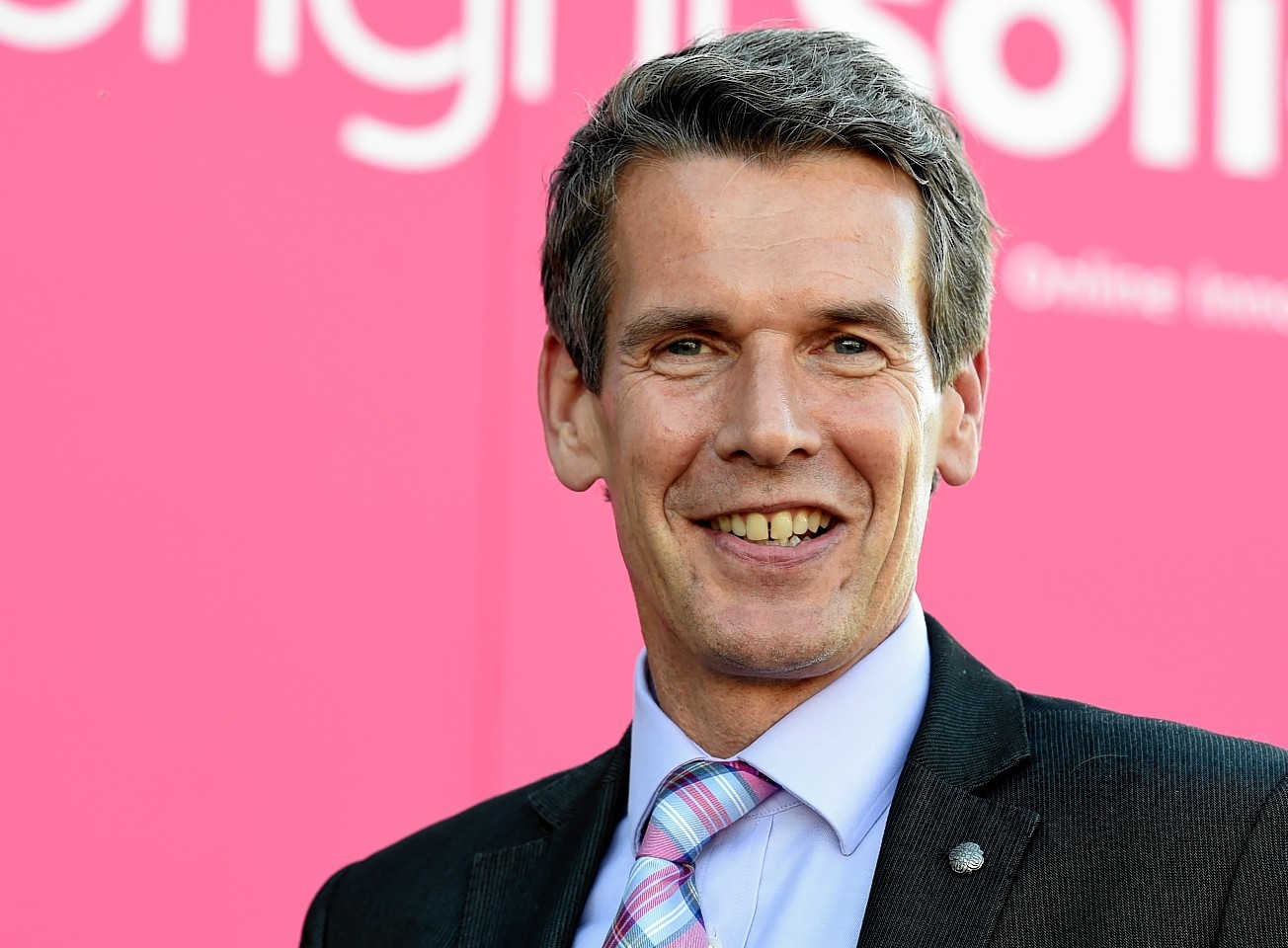Scotland’s economy is reaping the rewards of a buoyant technology industry, the boss of brightsolid said yesterday.
But Richard Higgs, chief executive at the Dundee-based cloud computing and data centre specialist, also warned that outdated infrastructure was holding the country back.
And he said home-grown science, technology, engineering and maths (STEM) skills needed nurturing in order to avoid a drain of talent.
Mr Higgs was speaking as ScotlandIs, the trade body for the nation’s digital technologies sector, revealed the findings of its latest annual Scottish Technology Industry Survey.
It shows that one in 25 Scots – a total of 80,000 people – now work in the industry, making an economic contribution worth more than £4billion – or about 3% of Scotland’s total contribution to the UK economy – annually.
ScotlandIS said there were now more than 1,000 workplaces in the information communications technology industry north of the border, providing a vast range of products and services to sectors including health and social work, education, financial services and energy.
Brightsolid, which opened a £5million data centre in Aberdeen last month, is among the firms leading the way in equipping the country for a high-tech digital future.
Mr Higgs said: “This survey confirms what we in the industry already have long believed – that Scotland’s tech sector is going from strength to strength.
“With a talented and tech savvy population and a government that has rightly placed emphasis on innovation to further Scotland’s digital future, the economy is reaping the rewards.
“The question now is how to nurture our growing tech industry, keep it here, and turn Scotland into an IT force on a global scale?”
He added: “Crucial to furthering Scotland’s digital ambitions is investment in infrastructure.
“A situation that needs to be addressed is national telecom provision, evidenced by the fact that the city of Stockholm has more connectivity than the whole of Scotland put together.
“As this survey shows, Scottish businesses are pursuing innovation but they need a core underlying infrastructure to keep up with the demands that digital growth requires.”
Mr Higgs said that with one in 25 Scots now in a technology job, it has “never been more important” to encourage young people into STEM subjects.
“In order to feed Scotland’s growing IT industry we need home-grown talent, with the ability to drive innovation,” he said, adding: “The education system needs to inform young people of the new skills they’ll need in the future and inspire them to develop these skills.
“Scotland then needs to arm itself to fight a good fight in what has been called ‘the war on talent’ in the tech industry to make sure our next generation of innovators and coders don’t leave for the pull of bigger cities.”
